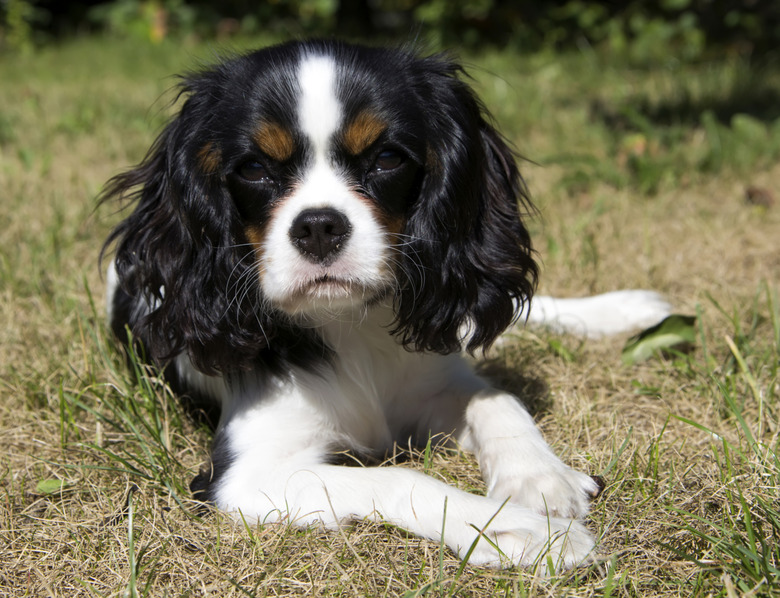Signs Of Dog Inbreeding
Most states have laws against closely related people marrying and reproducing. Unfortunately, it's not illegal to inbreed dogs. Unscrupulous breeders might mate direct relatives or siblings to achieve a certain look — or it can happen out of carelessness and poor canine husbandry. Signs of dog inbreeding include obvious physical issues, but also certain genetically related health problems.
Inbreeding and Linebreeding
Inbreeding and Linebreeding
Inbreeding differs in degree from linebreeding, a common practice in certain purebred dog circles. Inbreeding occurs when mothers or fathers mate with offspring and produce puppies, or when brothers and sisters breed. It's not something that ever should be done on purpose. Linebreeding mates other relatives, such as uncle and niece and canines with similar close family ties. The idea is to produce dogs that hew as closely as possible to the breed standard, so breeders might choose related specimens possessing those qualities. That doesn't make linebreeding particularly good for the breed genetically, but there is a reason behind the practice.
Physical Signs
Physical Signs
Inbred dogs usually don't grow as large as noninbred dogs of the same type or breed. The growth of inbred puppies is considerably slower than "normal" young dogs. Some inbred dogs are identifiable by asymmetrical features, such as one eye lower than the other.
Genetic Defects
Genetic Defects
You might have heard that certain breeds are prone to particular genetic defects. That might include hip dysplasia in German shepherds, Addison's disease in Portuguese water dogs, cardiac problems in boxers and Cavalier King Charles spaniels, deafness in Dalmatians — there's a list for virtually every purebred dog. Inbred dogs have higher risks of cancer, allergies and other common canine conditions. The majority of these defects result from continuing to breed dogs known to carry such defects, and breeding closely related animals.
Inbred Breeding
Inbred Breeding
Inbred dogs often suffer from higher mortality rates and shorter life spans. Purebred dogs with little inbreeding in their pedigrees might live years longer than inbred canines of the same breed. Inbred females tend to give birth to smaller litters, with a higher incidence of birth defects among the puppies. Inbred dogs might have an apparent "lack of vigor," or fitness. Overall, inbred dog fertility is lower than canines without close relatives in the family tree. "Anecdotal evidence suggests that loss of genetic variation and high levels of inbreeding have adverse consequences for canine health and fertility," according to an article on inbreeding and pedigree analysis appearing on the May 2008 issue of the journal "Genetics."
Always check with your veterinarian before changing your pet's diet, medication, or physical activity routines. This information is not a substitute for a vet's opinion.
References
- Phys.org: Extent of Inbreeding in Pedigree Dogs Revealed in New Study
- Institute of Canine Biology: Te Costs and Benefits of Inbreeding
- Genetics: Population Structure and Inbreeding From Pedigree Analysis of Purebred Dogs
- Scientific American: Although Purebred Dogs Can Be Best in Show, Are They Worst in Health?
- Pet Place: Inbreeding in Dogs
